You can build a shouse with a basement instead of a slab foundation, but it involves extra planning. You need to ensure that the posts for the frame are properly set and anchored to the walls of the foundation.
The walls of the foundation may also need to be supported with steel to keep the foundation from supporting the entire weight of the frame. Any mistakes could impact the structural integrity of your shouse.
Before deciding to build a shouse with basement, you should examine the pros and cons of each type of foundation.
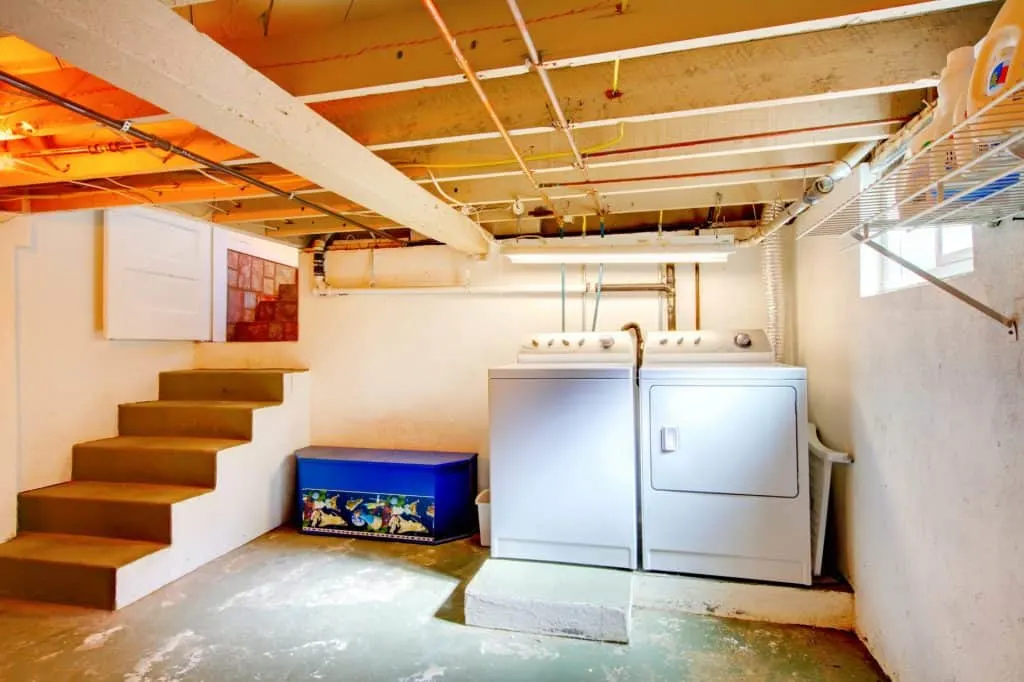
Page Contents
Advantages of Building a Shouse with Basement
The main reason to build a shouse with basement foundation is to gain more space. If you choose to build a full basement, walkout basement, or partial basement, you gain space that could be used for storage or extra living space.
Basements and crawlspaces also provide space for plumbing, electrical boxes, furnaces, and other components that are often hidden from view. With a slab foundation, some of the ductwork and plumbing may run through pipes installed in the concrete slab.
Keep in mind that any rooms that you finish in the basement may not count as rooms or additional square footage when reselling your property. Most regions require basement bedrooms and living areas to include specific features to count toward your total square footage.
For example, you may need to install windows with a minimum height of 24 inches and no more than 44 inches from the floor to allow people to escape in the event of an emergency.
Disadvantages of Building a Shouse with Basement
Building a shouse over a basement brings extra challenges. As mentioned, you need to secure the frame to the foundation. The extra weight increases the risk of foundation cracks and other structural issues.
Additional steel posts are often needed to protect the foundation. Due to the precision needed to complete the project, you may also need to work with a licensed engineer. Contractors may not possess the knowledge needed to safely build a metal building over a full basement foundation.
Another potential risk of building a shouse with basement is the weight of the equipment or supplies that you may store in the “shop” portion of the house. Shouses are “shophouses.” The shop may be used as a workshop for carrying out a trade or a place to store hobby supplies or extra possessions.
For example, you may decide to include a large garage in your shouse design. Vehicles weigh significantly more than common household items, such as furniture and appliances. If you do not want the floor to cave in over the basement, you need to use a special type of flooring called “hollow-core.”
Hollow-core flooring, which is also marketed as Flexi-core, is a type of concrete flooring reinforced with steel beams. The heavy floor can support more weight but is also a challenge to install yourself. Due to the complexity of the project, you are likely to need to hire a licensed professional or engineer.
Types of Foundations for Shouses
Now that you understand the pros and cons of adding a basement under your shouse, you should explore the different types of foundations, including:
- Slab
- Full basement
- Walkout basement
- Partial basement
- Crawlspace
Each type of foundation offers separate advantages and disadvantages for building a shouse. Here is a closer look at each choice.
Slab Foundation
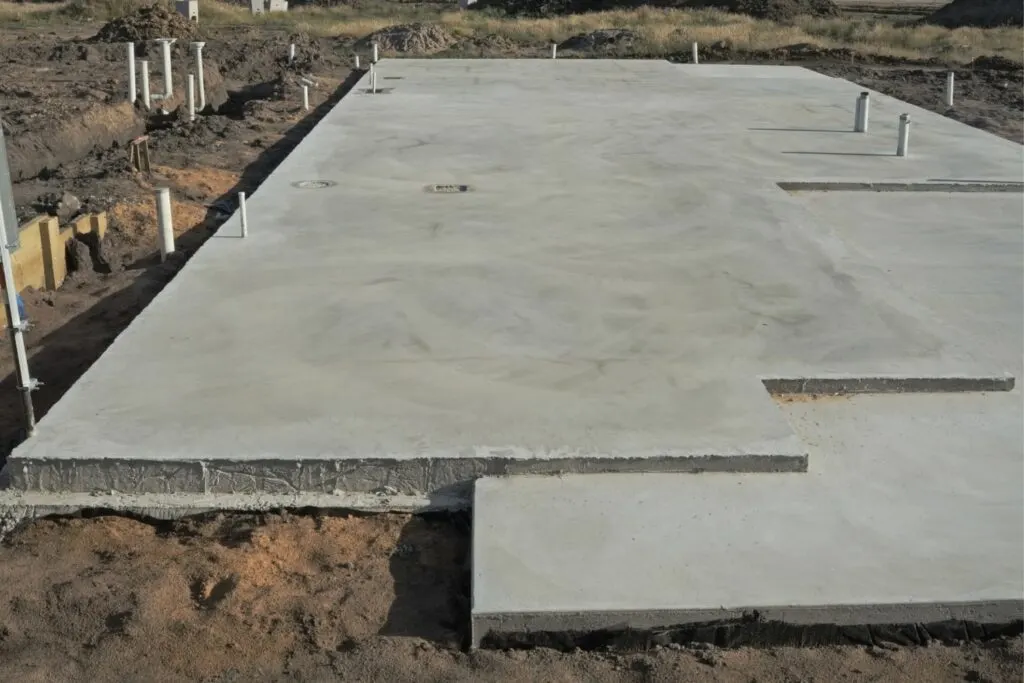
A slab foundation is a flat sheet of concrete measuring four to six inches thick. The concrete is typically poured on top of a layer of sand to decrease the risk of shifting or cracking. Some of the advantages of a slab foundation include:
- Lower costs
- Faster construction
- Increased durability
A slab foundation is the cheapest option, as pouring a slab of concrete may only cost about $4 per square foot. The concrete also dries quickly, allowing you to start construction soon after pouring the foundation.
Slab foundations are often the most durable choice, as the frame carries most of the weight of the shouse. The foundation is also less likely to crack due to the ground settling or shifting over time.
Full Basement
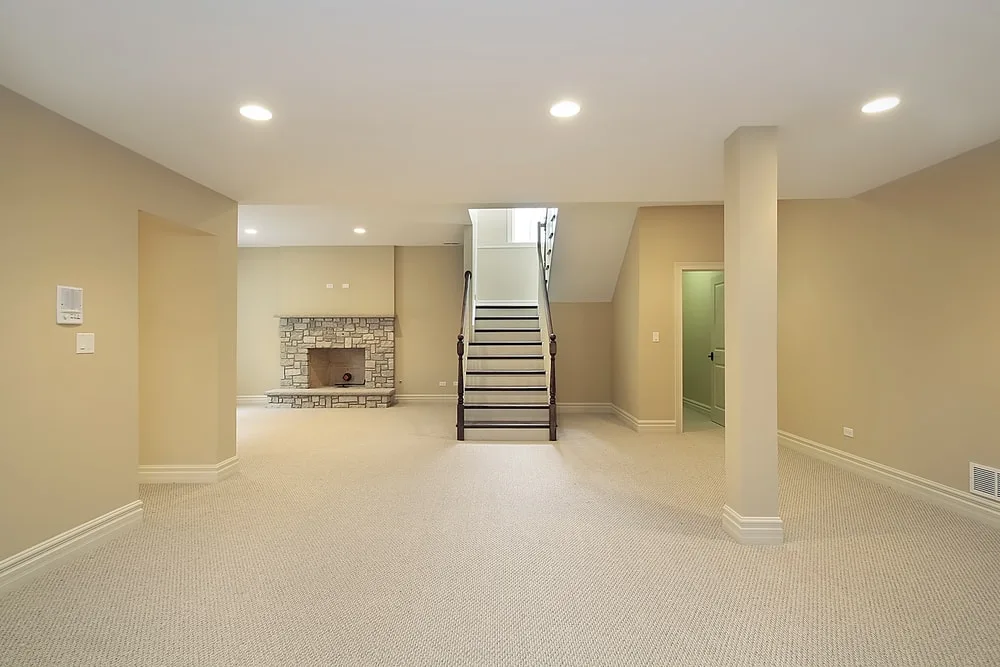
A full basement foundation is what people typically think of when talking about basements. The foundation includes masonry walls that are tall enough to allow you to walk around without crouching. The posts for the frame are anchored to the sides of the walls.
Choosing a full basement foundation offers more space, as the basement often extends below the entire floor of the shouse. The extra space is also ideal for installing a furnace and ductwork. You may also set up your washing machine and dryer in the basement.
While a full basement offers the most space, it is also the most expensive, costing up to $25 per square foot. You may also need to employ an engineer to ensure that the basement can support the weight of equipment in your workshop area.
Walkout Basement
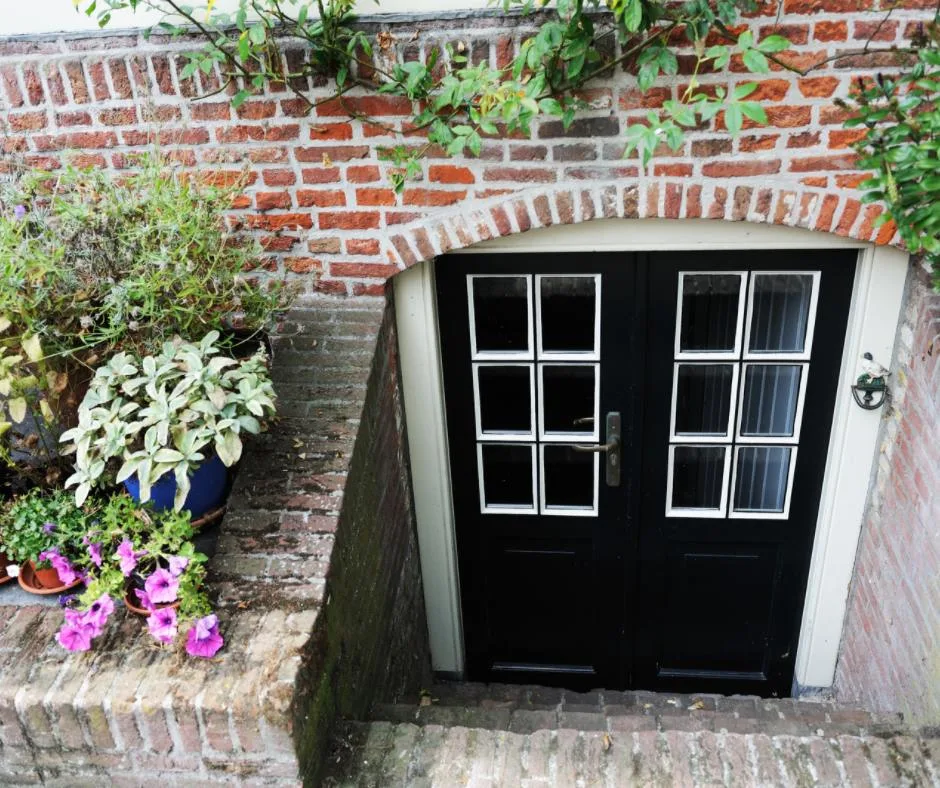
A walkout basement is an ideal choice if you are planning on building your shouse on land with a large slope. The foundation is built into the slope. One end of the foundation sits below ground while the back end typically sits at ground level, allowing you to walk out from the basement.
As with a full basement, you may need to use special flooring and hire an engineer to ensure that your shouse is structurally secure.
Partial Basement
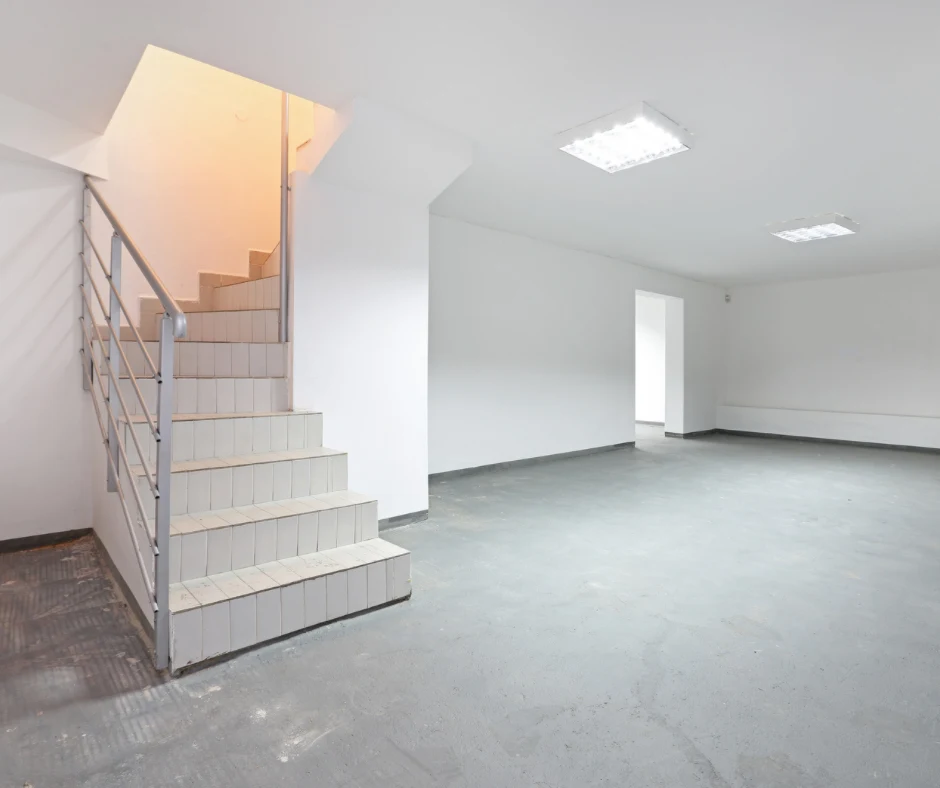
A partial basement combines the benefits of a slab foundation and a full basement. Instead of sitting below the entire floor of the shouse, the partial basement is only underneath one part of the shouse, such as the living area. The rest of the foundation is a slab of concrete.
Choosing a partial basement may eliminate the need for extra work. For example, you may need to install hollow-core flooring in the garage or workshop, as this area can still rest on a slab foundation. The posts for the frame can also be installed as normal instead of securing to the walls of a basement foundation.
Crawlspace Foundation
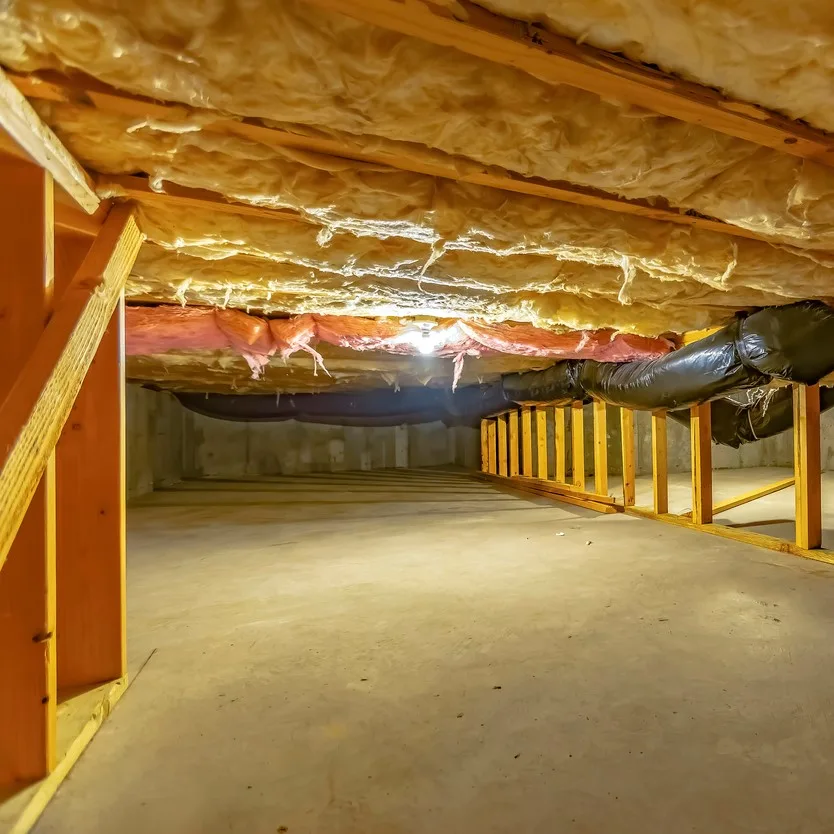
Along with slab foundations and full basements, shouses can be built on top of crawlspaces. A crawlspace is a short basement foundation that offers enough space for a worker to crawl inside and reach electrical work, plumbing, or heating and cooling components.
A crawlspace foundation costs less compared to a full basement but does not offer space for adding a living area or bedroom. Most crawlspaces are only a few feet tall, offering just enough room to crawl around.
Conclusion
You can build a shouse with basement instead of a slab foundation. However, if you plan on adding a full basement, walkout basement, or a crawlspace, you may need to complete additional steps. The floor of the shouse may need extra support, which often involves the use of hollow-core concrete flooring. Hollow-core flooring is especially common when adding a basement under an area used to store heavy vehicles or equipment.
Full basements and walkout basements involve the most work, as the foundation walls need to support part of the home’s frame. A partial basement is a little easier to add, as the basement portion may only sit under the living area of the home instead of the workshop while the rest sits on a slab foundation.
The bottom line is that a slab foundation is the most common choice for a shouse due to its simplicity and durability. However, if you need extra space, you can build a basement foundation before erecting the frame.
Gail currently spends her free time geeking out about what’s new and trending in the world of barndominiums.
She is the former executive editor of BarndominiumLife.com and loves working with the team and members of the barndominium community. She now contributes to the blog on occasion, but only when she feels like it!
